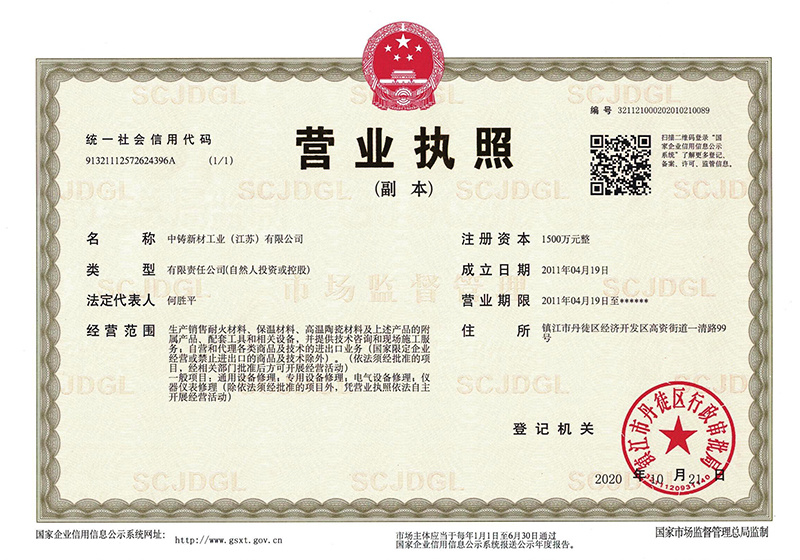News
SINO-FOUNDRY—professional refractory manufacturer
Understanding Alumina Refractory: Key Insights for the Construction Industry
2025-01-18
Alumina refractory materials are crucial components in various high-temperature applications within the construction and decoration industry. Primarily composed of aluminum oxide (Al2O3), these materials exhibit exceptional thermal stability, making them ideal for use in environments that experience extreme heat and abrasive conditions. Understanding the properties and benefits of alumina refracto
One of the defining characteristics of alumina refractories is their melting point, which typically exceeds 1,600 degrees Celsius. This high melting point ensures that these materials maintain structural integrity and performance even under severe thermal stress. Furthermore, alumina refractories offer excellent resistance to corrosion and chemical attack, making them suitable for applications where exposure to reactive substances is a concern. Their robustness contributes to a longer service life, which can result in reduced maintenance costs over time.
In terms of applications, alumina refractories are widely employed in the construction of furnaces, kilns, and incinerators. These environments necessitate materials that can withstand not only high temperatures but also mechanical wear and tear. For example, in steel production, alumina refractory linings are essential for protecting the furnace walls and ensuring efficient operation. Similarly, in the ceramic industry, these materials are utilized for kiln shelves and other components that must endure extreme conditions.
Another critical aspect of alumina refractories is their versatility. They can be formulated in various grades and compositions to meet specific application requirements. This flexibility allows engineers and designers to select the most appropriate type of alumina refractory for their projects, considering factors such as thermal conductivity, density, and ease of installation. Additionally, advancements in manufacturing techniques have led to the development of lightweight and insulating alumina refractories, which further expand their range of applications.
Moreover, the use of alumina refractory materials aligns with sustainability goals in the construction industry. By incorporating these durable materials, projects can achieve enhanced energy efficiency and reduce the overall environmental impact of high-temperature processes. As the industry continues to evolve, the demand for reliable and performance-oriented materials like alumina refractories will only grow.
In conclusion, understanding alumina refractories is pivotal for professionals in the building and decoration materials sector. Their unique properties, diverse applications, and long-term benefits position alumina refractories as a vital choice for high-temperature environments. By leveraging this knowledge, industry players can make informed decisions that enhance project outcomes and contribute to sustainable practices.
Related News
2024-11-05
Zhongzhu New Materials Industry sincerely invites you to participate in the 24th International Forum and Exhibition on Recycled Metals.

WeChat public account

View mobile website
Address : No. 99, Yiqing Road, Gaozi Street, EconomicDevelopment Zone, Dantu District, Zhenjiang City
Fax : +86-511-85683066
E-mail : sales@sfr168.com
Website : https://www.sfr168.com
Copyright©2023 Sino-Foundry Refractory(Jiangsu) Co.,Ltd. Powered by:www.300.cn
Copyright©2023 Sino-Foundry Refractory(Jiangsu) Co.,Ltd.
IPV6 | SEO | Cloud Information



